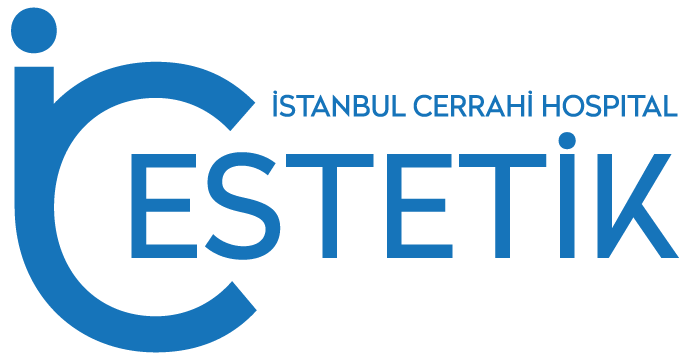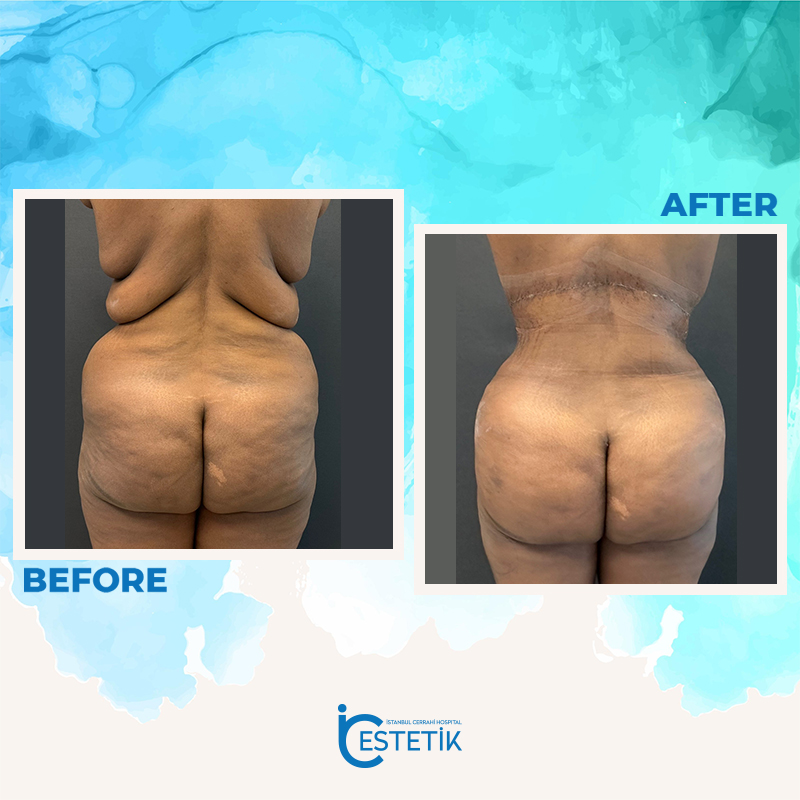Liposuction
Liposuction is a surgical procedure that utilizes suction to remove excess fat from targeted areas of the body, such as the abdomen, hips, thighs, buttocks, arms, or neck. It is also used to contour and shape these areas, resulting in a more sculpted appearance. Liposuction is also known as lipoplasty and body contouring.
It is important to note that liposuction is not intended as a method for overall weight loss or as a substitute for weight loss efforts through diet and exercise. Individuals who are overweight or seeking significant weight loss may achieve better results through alternative weight loss methods or other surgical procedures rather than liposuction.
Liposuction is most suitable for individuals who have localized areas of excess body fat but maintain a stable body weight overall. Consulting with a qualified plastic surgeon can help determine if liposuction is a suitable option based on individual circumstances and desired outcomes.
Why is liposuction needed?
Liposuction is performed to remove fat from specific areas of the body that are resistant to diet and exercise. These areas can include the abdomen, upper arms, buttocks, calves and ankles, chest and back, hips and thighs, and chin and neck. In some cases, liposuction can also be used to treat gynecomastia, which is excess breast tissue in men.
When you gain weight, fat cells expand in size. Liposuction reduces the number of fat cells in the targeted area, resulting in a change in shape. The amount of fat removed depends on the desired outcome and the volume of fat present. The changes in shape achieved through liposuction are generally permanent as long as your weight remains stable.
After liposuction, the skin gradually adjusts and conforms to the new contours of the treated areas. If you have good skin tone and elasticity, the skin will typically appear smooth. However, if your skin is thin or lacks elasticity, there may be some looseness or sagging in the treated areas.
It’s important to note that liposuction does not address cellulite or remove stretch marks. Additionally, to be a candidate for liposuction, you should be in good overall health without any medical conditions that could complicate the surgery, such as blood flow issues, coronary artery disease, diabetes, or a weakened immune system.
Liposuction Procedure
Liposuction is typically performed as follows:
Anesthesia: The surgeon will administer either local anesthesia (numbing the specific area) or general anesthesia (putting you to sleep) based on the extent of the procedure and your preference.
Incisions: The surgeon will make small incisions in the targeted area where fat will be removed. These incisions are usually very small and strategically placed to minimize scarring.
Tumescent solution: A tumescent solution, consisting of saline, lidocaine (a numbing agent), and epinephrine (a drug that constricts blood vessels), is injected into the target area. This solution helps to numb the area, reduce bleeding, and facilitate the removal of fat.
Fat removal: The surgeon will use a cannula, a thin hollow tube, attached to a suction device. The cannula is inserted through the incisions, and the surgeon will carefully maneuver it to break up and suction out the excess fat cells. The surgeon may use different techniques, such as traditional liposuction, ultrasound-assisted liposuction (UAL), or laser-assisted liposuction (LAL), depending on the specific case and the surgeon’s expertise.
Sculpting and contouring: The surgeon will sculpt and contour the remaining fat and tissues to achieve the desired shape and proportions. This step involves careful attention to detail and artistry to create a natural-looking outcome.
Closing the incisions: After the fat removal is complete, the incisions are typically closed with sutures or adhesive strips.
Recovery and post-operative care: You will be given specific instructions on how to care for the incision sites, manage any discomfort or swelling, and when to follow up with your surgeon for post-operative visits. You may need to wear a compression garment to aid in healing and support the treated area.



